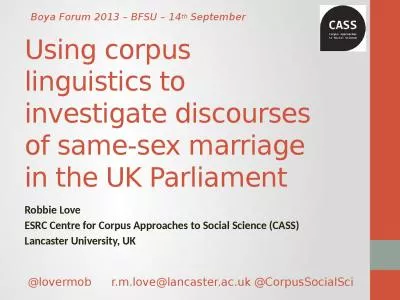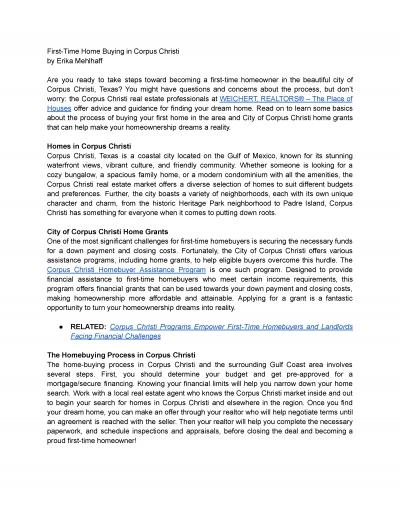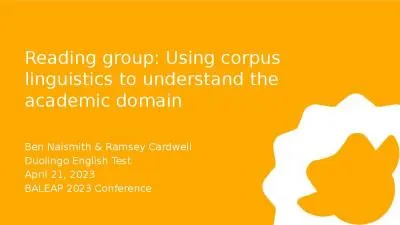PPT-Using Corpus Linguistics Tools to
Author : rose | Published Date : 2022-05-18
Aid Research in the Social Sciences Mike Scott Aston University FriedrichAlexander University Erlangen 25 January 2016 Bootyful cyw scrims Bootyful cyw scrims
Presentation Embed Code
Download Presentation
Download Presentation The PPT/PDF document "Using Corpus Linguistics Tools to" is the property of its rightful owner. Permission is granted to download and print the materials on this website for personal, non-commercial use only, and to display it on your personal computer provided you do not modify the materials and that you retain all copyright notices contained in the materials. By downloading content from our website, you accept the terms of this agreement.
Using Corpus Linguistics Tools to: Transcript
Download Rules Of Document
"Using Corpus Linguistics Tools to"The content belongs to its owner. You may download and print it for personal use, without modification, and keep all copyright notices. By downloading, you agree to these terms.
Related Documents

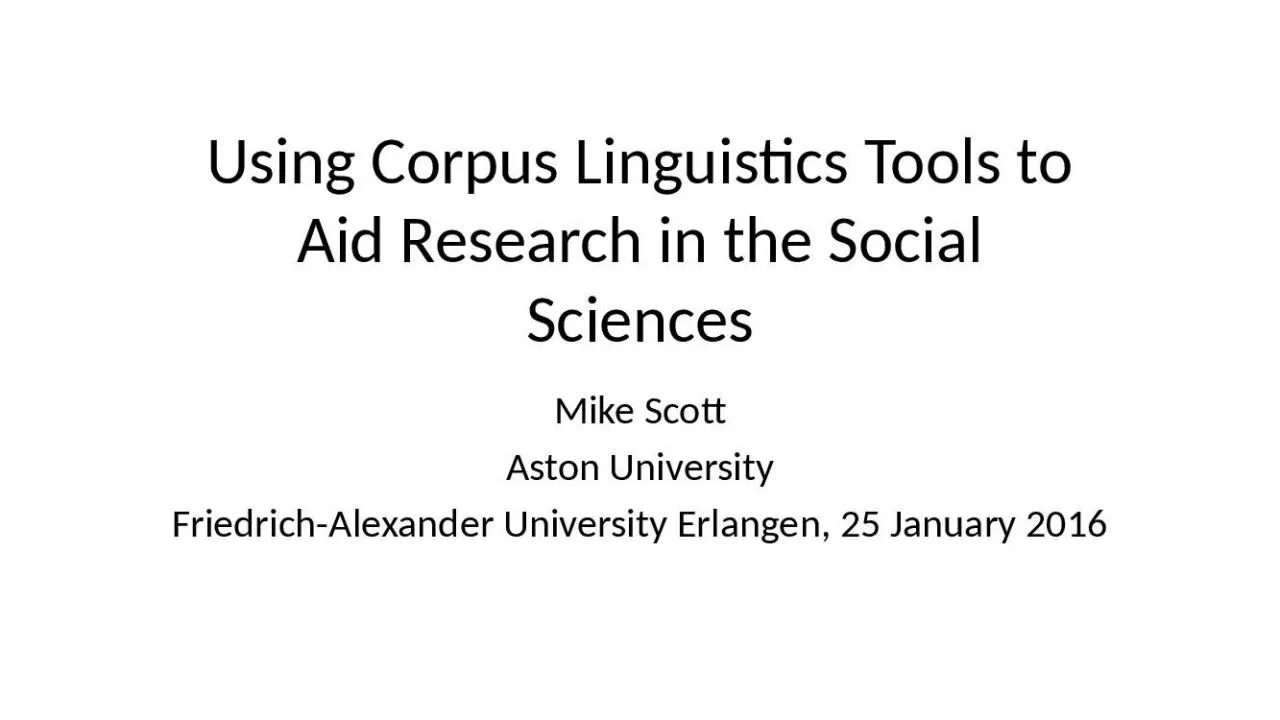
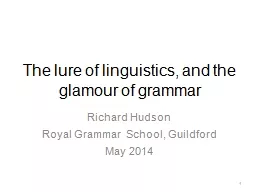
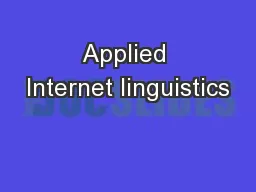

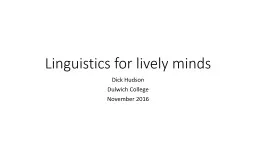
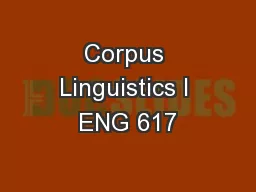
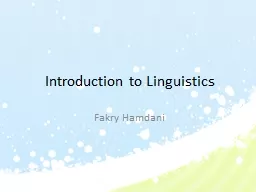
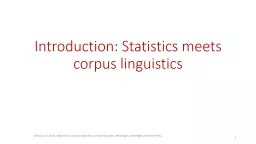
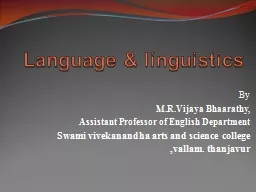
![[BEST]-An Introduction to Corpus Linguistics (Studies in Language and Linguistics)](https://thumbs.docslides.com/972048/best-an-introduction-to-corpus-linguistics-studies-in-language-and-linguistics.jpg)
![[BEST]-An Introduction to Corpus Linguistics (Studies in Language and Linguistics)](https://thumbs.docslides.com/993123/best-an-introduction-to-corpus-linguistics-studies-in-language-and-linguistics-64391131c4e66.jpg)
